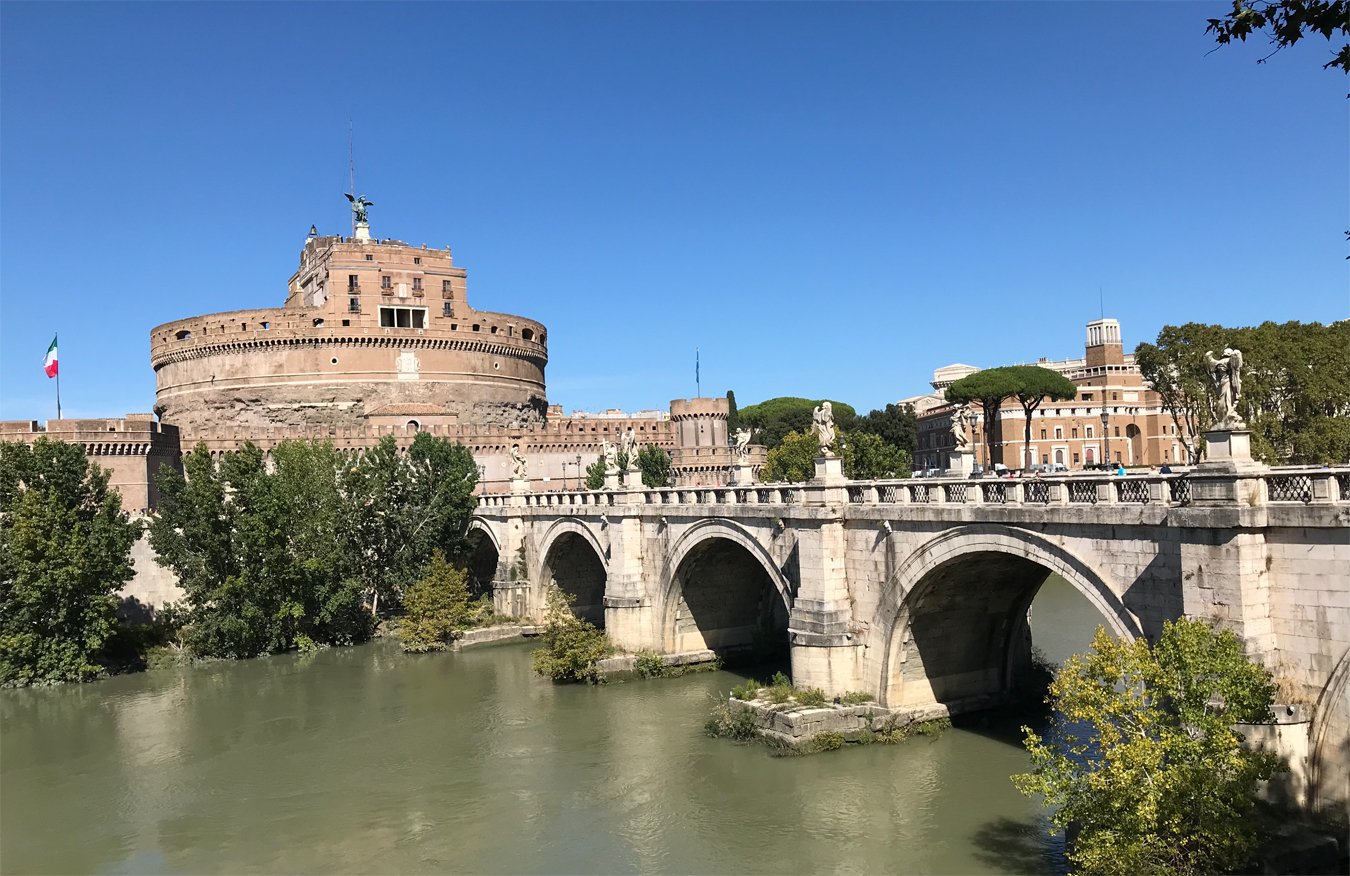The Golden Ratio, also known as the Divine Proportion or Phi (about 1.618), has captivated artists, architects, and mathematicians for centuries. This mathematical concept is celebrated for creating harmony and aesthetic appeal in various art forms. But how do artists use the Golden Ratio? Let's explore its fascinating applications.
The Golden Ratio comes from the Fibonacci sequence, where each number is the sum of the two before it (0, 1, 1, 2, 3, 5, 8, 13, etc.). As the sequence progresses, the ratio between successive numbers gets closer to the Golden Ratio (1.618). This unique proportion means the whole is to the larger part as the larger part is to the smaller, creating a visually pleasing effect.
The Golden Ratio has ancient roots, particularly in Greek culture, where mathematicians like Euclid and Pythagoras explored its properties. It gained prominence during the Renaissance, with artists like Leonardo da Vinci and Michelangelo using it in their masterpieces. The Vitruvian Man and the composition of The Last Supper are prime examples of the Golden Ratio creating balance and harmony.
How Artists Use the Golden Ratio
Artists often use the Golden Ratio to divide their canvases into appealing proportions. By placing focal points along the Golden Ratio lines, they create compositions that naturally attract the viewer's eye. This technique is found in classical paintings, photography, and modern graphic design, helping to achieve balance and elegance.
The human body is a central subject in art, and the Golden Ratio helps achieve idealized proportions. Leonardo da Vinci's Vitruvian Man is a perfect example, with the human form mapped according to the Golden Ratio. This principle helps artists create balanced and naturally pleasing figures.
The Golden Ratio extends beyond visual art into architecture and design. Iconic structures like the Parthenon in Athens, the Egyptian pyramids, and modern buildings like the Guggenheim Museum in New York use these proportions. This application is also found in everyday objects, from furniture to logos, ensuring functionality and visual appeal.
The Golden Ratio appears in nature too, not just human creations. Spiral patterns in shells, leaf arrangements, and even animal body proportions follow this ratio. Artists often draw inspiration from these natural examples, creating works that resonate with the beauty of the natural world.
The Golden Ratio's allure lies in its ability to create harmonious and balanced compositions. By understanding and applying this ratio, artists can enhance their work's aesthetic quality, drawing viewers in with a sense of natural beauty and proportion. Whether in ancient sculptures, Renaissance paintings, or contemporary designs, the Golden Ratio remains a timeless tool in the artist's toolkit.





